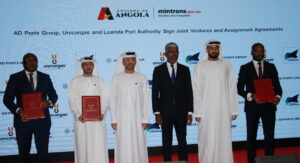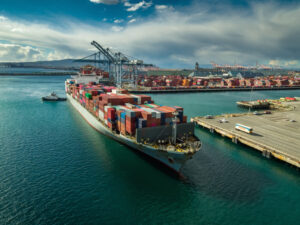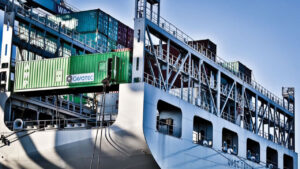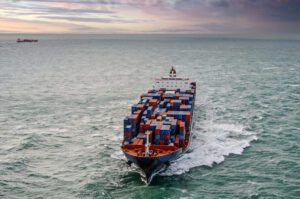National Grid Electricity Transmission (NGET) has partnered with Siemens to create a new online tool that aims to help ports across the UK meet their net-zero targets.
The Decarbonisation Tool, which was produced with support and guidance from the British Ports Association (BPA), helps ports forecast the future infrastructure required to meet potential increased demand for electricity from zero-emission port operations and gives estimates for the connections required, both to the local distribution network and the national transmission system.
The online tool is offered in two different versions. One version makes assessments based on the asset information input, while the other version is customisable, allowing the user to change the assumptions if needed.
“UK ports and the maritime sector have a crucial role to play in meeting future net-zero targets. With the support of the Decarbonisation Tool, UK ports can begin their transition to alternative fuel-powered vessels using energy from low or zero-emission sources, as well as the integration of ports into the decarbonised energy network,” said Mark Simmonds, Director of Policy and External Affairs for the British Ports Association.
“Ports recognise the scale of the challenge in reducing emissions from their operations and from ships. Increasing electrification will play a major role in that. This tool will help ports and terminals to better understand their network infrastructure and the complexities involved in power supply. We hope it will lead to more informed discussion about their potential future electricity demands.”
Dr Russel Fowler, Senior Project Manager for Decarbonisation of Transport at National Grid, added “To meet the UK’s net-zero targets, all modes of transport will need to decarbonise, no matter the scale and complexity, with a likely increased demand for electricity.
“We are very keen to encourage ports to interact with us. The tool has been developed in the best interests of the port operators to help us plan together a decarbonised future. Through early collaboration, we can identify the infrastructure required and ensure a smooth transition to a cleaner world.”
Lynsey Jeffers, Siemens’ Smart Infrastructure Lead for UK Ports, also commented “With our expertise in creating sustainable port solutions, we are delighted to have helped National Grid create this decarbonisation tool.
“This tool will help ports get a better idea of what their options are when it comes to electrification. Ports are used to planning for the long term. Port infrastructure, plants and machinery lasts for decades and a lot of thinking, planning and investment in lowering emissions from ships and ports needs to happen sooner rather than later. We hope that this will make that task a little bit easier.”
Once ports have downloaded and worked through this new offering, they are able to contact National Grid with the preliminary findings, for a more in-depth conversation if required.
The BPA has also been exploring the implication of aerial drone use at the UK’s ports.
On 6 November 2020, the association published a briefing paper for its members and the wider ports industry to examine the various legal and regulatory considerations, as well as the different rules that apply depending on whether the drones are being used for commercial use or recreational purposes.









